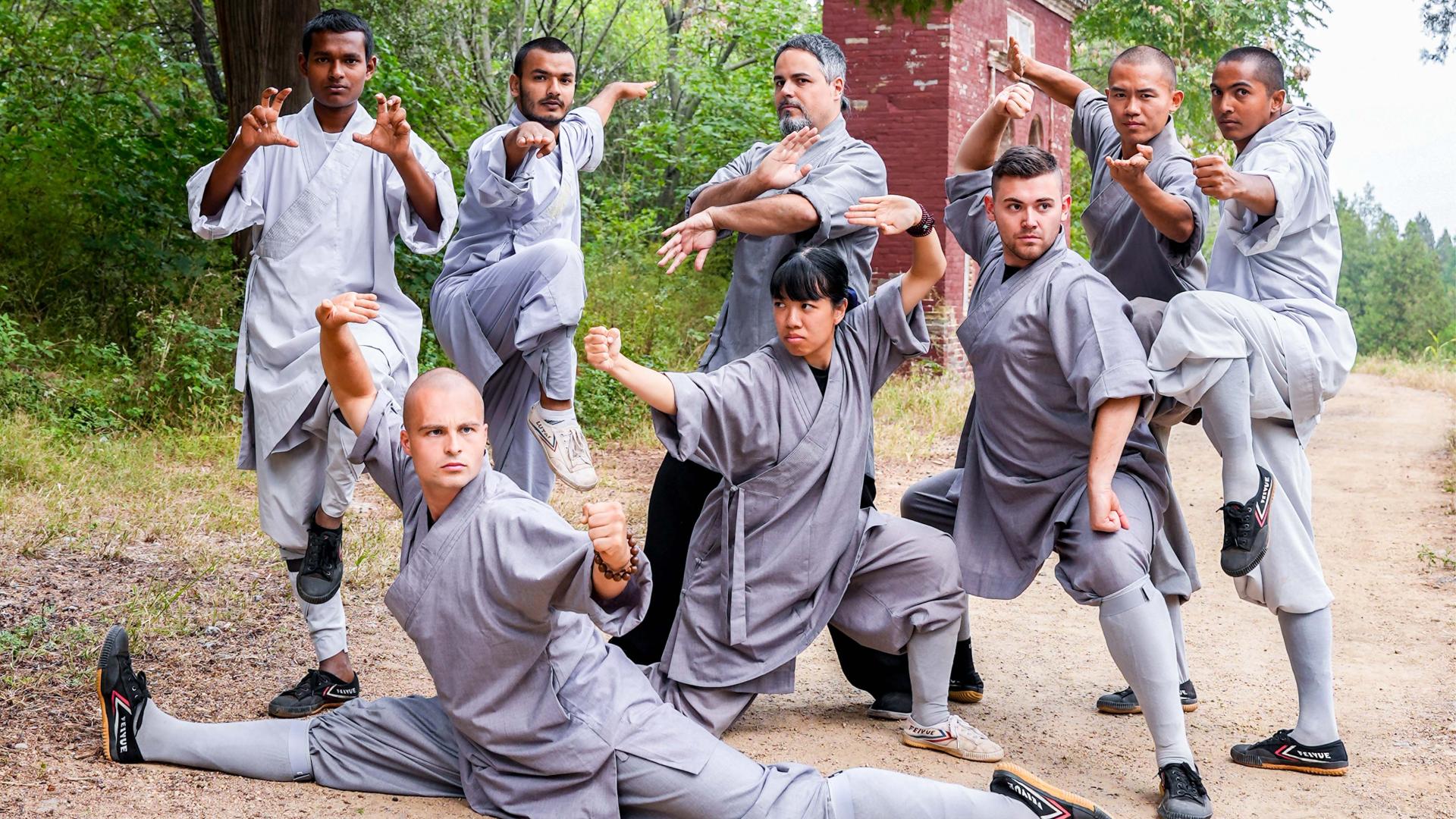Shaolin Temple: Celebrating Cultural Heritage and Global Unity Through Martial Arts
Global martial arts enthusiasts flock to China as kung fu movie craze fuels boom in martial arts schools.

Shaolin Temple, nestled deep in the Songshan Mountains of China's Henan Province, has long been recognized as the spiritual home of kung fu. In recent years, the ancient monastery has witnessed a remarkable transformation, evolving from a sacred site for Buddhist monks and martial artists to a vibrant international hub for cultural exchange and martial arts training. Visitors now routinely encounter practitioners from all corners of the globe, their movements synchronized as they leap, spin, and strike on the monastery’s storied training grounds.
The global fascination with kung fu, fueled by iconic films and a growing network of martial arts schools, has made Shaolin Temple a magnet for enthusiasts seeking authenticity. Students arrive not only from neighboring Asian nations but also from Europe, the Americas, Africa, and beyond. For many, the opportunity to train at the legendary temple represents a lifelong dream, rooted in an admiration for both the physical discipline and philosophical wisdom that define Shaolin kung fu.
This influx of international students has turned Shaolin into a living bridge between East and West. Language barriers fade on the training ground, where coordinated drills and shared sweat create a unique sense of unity. Teachers at Shaolin emphasize that true mastery of kung fu lies as much in developing character and respect for tradition as in perfecting kicks and punches. The culture of the temple, rich with Buddhist values and centuries-old rituals, leaves a lasting impression on those who make the journey.
For the monks who oversee training, this trend is both a source of pride and a new responsibility. “Every student brings their own story and their own questions about life,” one senior monk noted. “We hope they leave with not just better technique, but a deeper understanding of themselves and our shared humanity.” As a result, Shaolin Temple is now more than a symbol of Chinese martial prowess—it stands as a testament to the power of cultural exchange, showing how ancient practices can unite people across continents through mutual respect and the pursuit of excellence.
This global embrace has not gone unnoticed back in China, either. The presence of international students has encouraged local communities to take greater pride in their heritage, while also inspiring new innovations in how kung fu is taught and shared. At Shaolin Temple, centuries-old traditions meet fresh perspectives from around the world, ensuring that the legacy of Shaolin kung fu remains dynamic and relevant for generations to come.




